Red-winged Blackbird
Red-winged Blackbird (Agelaius phoeniceus).
The red-winged blackbird is a true harbinger of spring in Canada. Common throughout North America, the red-winged blackbird claims most of southern Canada as nesting territory, and also nests well into Canada’s Yukon and Northwest Territories, settling in marshes and creek beds throughout these vast regions.
Walking alongside the lake and creekbed at Kilcona Park in Winnipeg, I counted dozens of red-winged blackbird males, perched on cattail stems and tree branches, noisily singing their songs. The male, easy to identify, is black with red and yellow “epaulettes.” The female red-winged blackbird has her own distinctive features, and her colouring makes her well able to blend into the underbrush of the marshlands. Less easy to spot than the male, the females are streaked tawny brown and ivory in colour, and have a yellow tint to the throat and an almost white stripe above the eye. I was fortunate to see several female blackbirds tucked into the rushes and reeds on the days when I had my camera with me.
The photographs of the red-winged blackbird in the Cookie Buxton gallery are mainly middle distance photos, taken with a 250mm lens and without use of a tripod. If you are not familiar with black-birds, these images will help you identify these important members of the summer bird choir.
In terms of size, males can range in length from 17 to 23 centimetres and weigh between 32 and 77 grams. Females tend to fall within the smaller side of the range.
There are ample resources and photos available online to provide you with details about habitat, breeding and nesting practices, diet, and so forth. You may find the following sites helpful:
Audubon
National Geographic
Canadian Wildlife Federation
Text and images: by Nadine Kampen
Copyright: N Kampen / Cookie Buxton
Photo dates and location: May 2016, Kilcona Park, Winnipeg, Manitoba, CA
PHOTO GALLERY
Click on any photograph to enlarge, and click again on the photo to advance through the series in larger format.
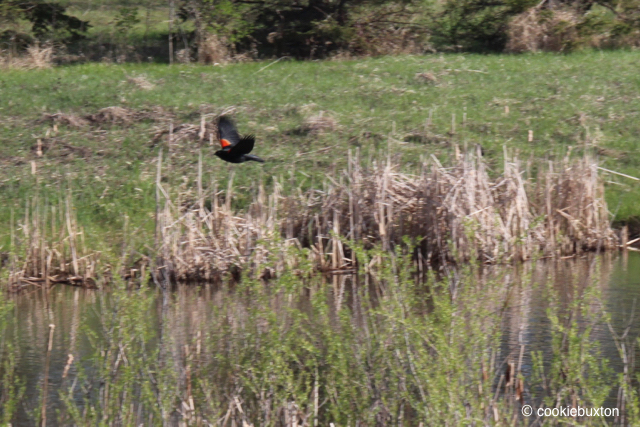
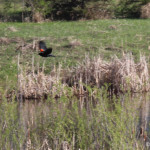
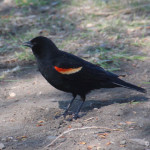
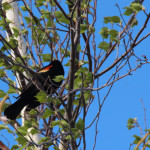
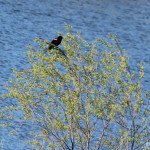
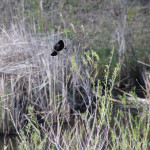
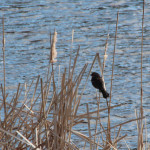
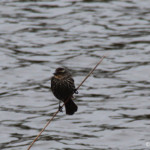
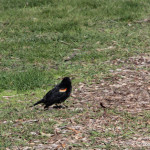
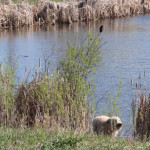
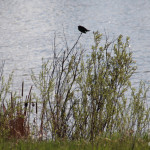
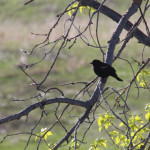
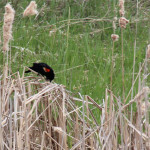
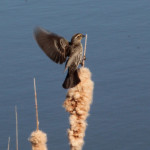
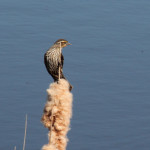
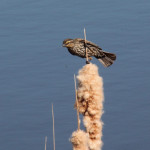
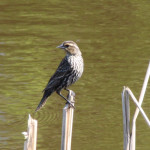
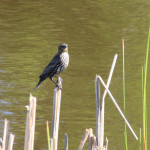
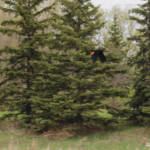
What an interesting bird! Thanks for sharing! :)